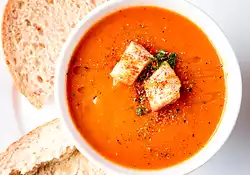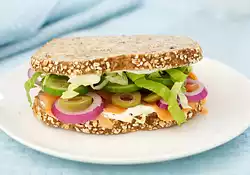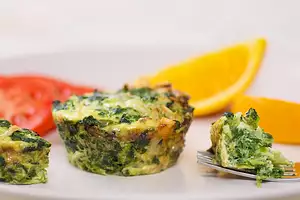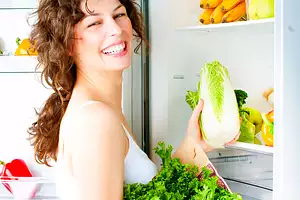Cucumbers
About the ingredient cucumbers. Including 776 recipes with cucumbers, nutrition data, photos, and where to find it.

Contents
What are cucumbers?
The cucumber is a creeping vine that roots in the ground and grows up trellises or other supporting frames, wrapping around ribbing with thin, spiraling tendrils. The plant has large leaves that form a canopy over the fruit.
The fruit is roughly cylindrical, elongated, with tapered ends, and may be as large as 60 cm long and 10 cm in diameter. Cucumbers grown to be eaten fresh (called slicers) and those intended for pickling (called picklers) are similar. Cucumbers are mainly eaten in the unripe green form. The ripe yellow form normally becomes too bitter and sour. Cucumbers are usually over 90% water.
Having an enclosed seed and developing from a flower, botanically speaking, cucumbers are classified as fruits. However, much like tomatoes and squash they are usually perceived, prepared and eaten as vegetables.
The cucumber is usually long and cylindrical in shape, has rounded edges, and can appear in various sizes. The fruit often has green skin and a white inside with many seeds in it. The taste of fresh cucumbers is usually refreshing, watery, and can have a slightly bitter aftertaste. Cucumbers are commonly eaten fresh or used in pickling.
Like the tomato, the cucumber is a fruit. Botanically speaking, a fruit is the mature ovary of a flowering plant and is used by the plant to disperse seeds. The term “vegetable,” on the other hand, is commonly used to describe any other edible part of a plant. Cucumbers and other such fruits are called vegetables because they are commonly used as vegetables in cooking. In addition, they are not sweet like other types of fruits.
There are several different types of cucumbers available on the market. Two popular varieties are English cucumbers and the common garden cucumbers. Garden cucumbers have thicker skin that is usually peeled before eating. In addition, it is usually waxed to keep the moisture in the fruit from being lost while in transit and storage.
The English cucumber is generally longer, has thinner, smoother skin that can be eaten as and is generally said to be seedless. Unlike the garden cucumber, English cucumbers are sold wrapped in plastic rather than waxed.
Nutrition
Nutrition Facts
Serving Size 1 cup, pared, chopped (133g)Where found
Cucumbers are usually found in the produce section or aisle of the grocery store or supermarket.
Food group
Cucumbers are a member of the Vegetables and Vegetable Products US Department of Agriculture nutritional food group.
How much do cucumbers weigh?
| Amount | Weight |
|---|---|
| 1 cup, pared, chopped | 133 grams |
| 1 cup, sliced | 119 grams |
| 1 large (8-1/4" long) | 280 grams |
| 1 medium | 201 grams |
| 1 slice | 7 grams |
| 1 small (6-3/8" long) | 158 grams |
| 1 stick (4" long) | 9 grams |
Related
Vegetables and Vegetable Products
| In Chinese: | 黄瓜 | |
| British (UK) term: | ||
| en français: | concombres | |
| en español: | pepinos |
Recipes using cucumbers
There are 776 recipes that contain this ingredient.

Delicious Chunky Gazpacho
Chunky Gazpacho recipe

Mom's Gazpacho
Gazpacho recipe
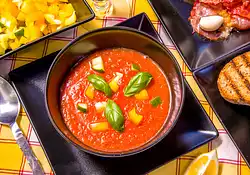
Kettle River Gazpacho
Kettle River Gazpacho recipe
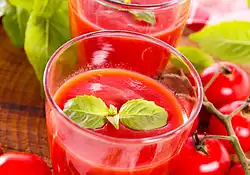
Make-Ahead Gazpacho
Make-Ahead Gazpacho recipe
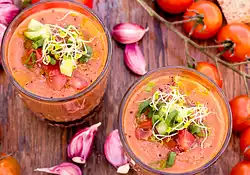
Yummy Gazpacho Soup
Gazpacho Soup recipe
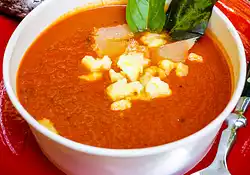
Margaret's Garlicky Gazpacho
Margaret's Garlicky Gazpacho recipe
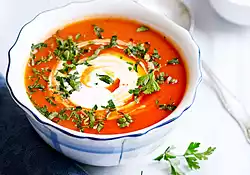
So Dood Gazpacho
Gazpacho recipe

Good Morning Sandwich
A quick, easy and refreshing sandwich is perfect for a morning breakfast.

Easy Gazpacho
Gazpacho recipe
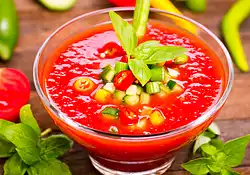
Garlic Gazpacho
Garlic Gazpacho recipe

Cucumber Soup with Spring Vegetables
All veggies are young, fresh and full of spring garden aroma. Is there anything more lovely?
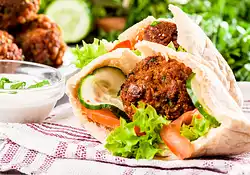
Falafel, Vegetarian Style
Falafel, Vegetarian Style recipe

Basic Yummy Gazpacho
Basic Gazpacho recipe
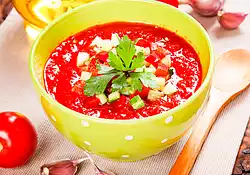
Blender Gazpacho
Blender Gazpacho recipe
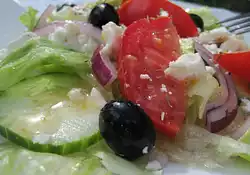
Favourite Classic Greek Salad
A refreshing and tasty summer salad that uses fresh and seasonal tomatoes and cucumbers. It takes no time to make, and a great side dish that goes well with any main course.
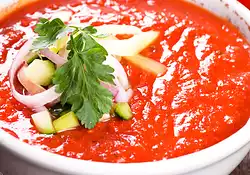
Basic Red Gazpacho
Basic Red Gazpacho recipe
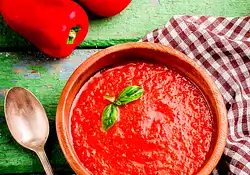
Easy & Yummy Gazpacho
Easy and Yummy Gazpacho recipe
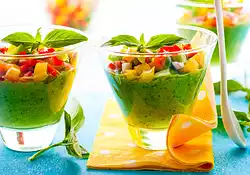
Avocado Gazpacho Soup
Avocado Gazpacho Soup recipe
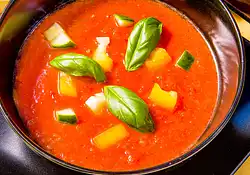
Indian Gazpacho
Indian Gazpacho recipe
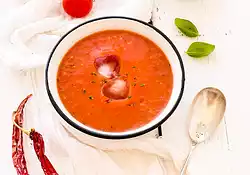
Tom's Best Gazpacho
Tom's Best Gazpacho recipe

Crisp Cucumber Salsa
wow! tangy and so good!
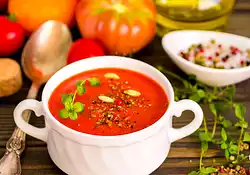
Grandma's Great Gazpacho
Grandma's Great Gazpacho recipe
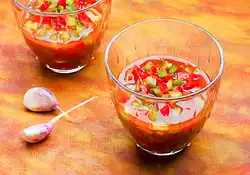
Barb's Best Gazpacho
Barb's Best Gazpacho recipe
